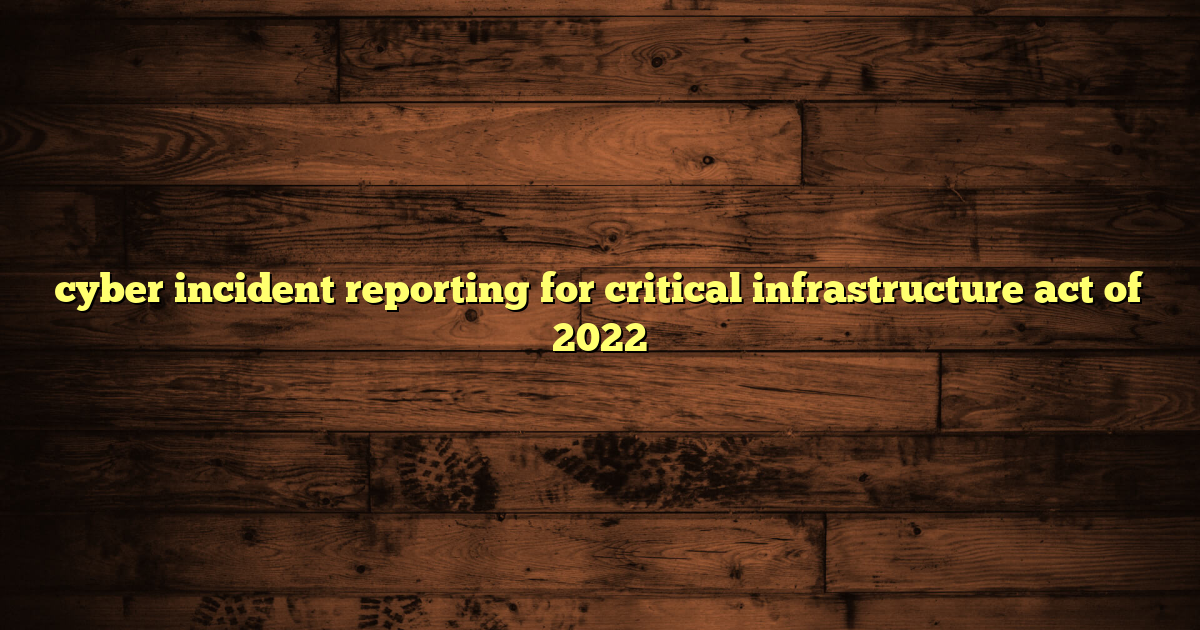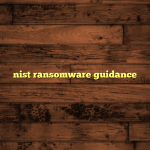cyber incident reporting for critical infrastructure act of 2022
Table of Contents:
What Is CIRCIA?
Reporting Requirements Under CIRCIA
Who Must Report?
Why Was This Law Needed?
How Does Incident Reporting Work Practically?
Comparison With Other Regulations
Summary
FAQ
Cyber Incident Reporting for Critical Infrastructure Act (CIRCIA) Explained
Are our nation’s vital systems sufficiently protected from cyberattacks? The Cyber Incident Reporting for Critical Infrastructure Act of 2022 (CIRCIA) is a significant piece of legislation. It seeks to fortify the cybersecurity defenses that safeguard America’s essential services.
What Is CIRCIA?
Essentially, CIRCIA commands specific entities. These entities are deemed critical to national security as well as public safety. They must inform the Cybersecurity or Infrastructure Security Agency (CISA) regarding any “covered cyber incidents” quickly. This act’s objective is to provide federal authorities a clearer view into cyber threats targeting essential systems. Consider power grids, water supplies, transport networks, or even healthcare facilities. [1] [2] By requiring timely reporting, CISA is better equipped to coordinate its response to evolving threats, furthermore to distribute actionable information to involved parties.
Reporting Requirements Under CIRCIA
One significant aspect of CIRCIA is the urgency it places on reporting incidents. Covered entities must submit an initial report within 72 hours after reasonably suspecting a covered cyber incident. [1] [5] This rapid notification window provides federal agencies with immediate alerts to potentially harmful attacks.
Besides incident reporting, any ransom payments connected to ransomware attacks must be disclosed within similar timeframes. Ransomware is, after all, a growing danger. [2]
When filing reports, organizations must provide the following detailed information:
- An overview of your organization
- A description of compromised functions or systems
- Technical details concerning compromised networks or devices
- Vulnerabilities exploited during the attack
- Categories of information accessed and/or stolen
- Relevant dates associated with the incident discovery and response
- Security protocols present before and after the incident
- The attack’s impact on operations
- Indicators of compromise observed during the investigation
- A description of attacker tactics employed in the breach
- Identifying details about the attackers, if known
- Mitigation steps taken post-breach
- Information on law enforcement involvement
- Details on external support during incident response
This thorough data enables CISA to comprehend not just what happened, but also how it occurred. It illustrates actions that followed. That leads to more effective threat analysis across sectors. [1]
Who Must Report?
CIRCIA primarily pertains to “covered entities” involved in critical infrastructure sectors designated by federal authorities. That covers industries like:
- Energy production also distribution
- Water treatment
- Transportation systems
- Communications networks
- Healthcare providers
- Financial services
- Chemical manufacturing
- Nuclear facilities
- Emergency services
- Other areas considered vital for national security
Moreover, an entity providing services under contract with a federal agency, such as IT support or cloud hosting, must report incidents. Incidents are reported through their agency partner and through CISA channels. [1] This dual-reporting holds government contractors responsible for cybersecurity risks that may impact government operations.
Why Was This Law Needed?
Ransomware attacks have exploded in recent years. They target state moreover local governments and private sector critical infrastructure operators. Attackers commonly encrypt files, rendering systems unusable. They demand ransom payments. They threaten data leaks if payment isn’t made. [5] Disruptions like these might cascade affecting public safety. They shut down hospitals’ access to patient records. Interrupting power grid controls is a problem, too.
Before CIRCIA was passed, no mandate compelled organizations nationwide to promptly notify federal authorities following an attack. Without timely notifications by victims, because of privacy issues or reputational fears, federal agencies lacked real-time situational awareness. That’s necessary for coordinated defense efforts against evolving threats.
This act establishes clear legal obligations around reporting timelines, along with standardized content requirements for reports. Those are submitted through secure channels directly into government databases managed by experts at CISA. This helps close gaps between private sector vulnerabilities and public sector readiness. [5]
How Does Incident Reporting Work Practically?
After you detect suspicious activity meeting criteria defined under regulations developed according to this law, for example, unauthorized access impacting operations, begin internal investigations while preparing initial reports. Those summarize key facts discovered.
Send preliminary notices electronically within 72 hours. Use formats CISA rules specify. CISA published these rules following input received during Federal Register comment periods earlier in 2024. [1] [3] [5]
Send subsequent updates as investigations progress. Initial rapid alerts enable faster mobilization across agencies responsible for cybersecurity defense coordination nationwide, including FBI field offices collaborating with local responders where breaches occur.
New transparency requirements also help track criminal extortion trends when ransom payments are made. These payments were historically undisclosed because of the fear of repeat attacks. That enables policymakers, but also law enforcement, to strategize countermeasures better than before. [2]
Comparison With Other Regulations
There are similar international laws, for example, Europe’s NIS2 directive. It phases reporting based on severity over days up to one month. CIRCIA emphasizes tight deadlines. It reflects the urgency given America’s vast critical infrastructure footprint, which is vulnerable daily from sophisticated adversaries worldwide. [4]
This act creates enforceable obligations backed federally. This makes sure there is consistent compliance across all covered sectors. This is unlike voluntary frameworks previously relied upon domestically. There, companies reported breaches inconsistently without mandated timing standards. [3]
Summary
In short, the Cyber Incident Reporting for Critical Infrastructure Act (CIRCIA) means a major step forward. It improves U.S. cybersecurity resilience by requiring rapid disclosure focused on high-value targets. A disruption to those targets might jeopardize national security or public welfare. Government defenders obtain crucial intelligence. It is needed against more frequent, along with damaging, cyberattacks. These attacks affect America’s most essential assets. Detailed technical and operational information is shared after detection, with transparency regarding ransomware payments. [1] [2] [5]
FAQ
What constitutes a “covered cyber incident” under CIRCIA?
A covered cyber incident is defined as a cyber incident that leads to any of the following: a substantial loss of confidentiality, integrity, or availability of an information system or network – a violation of security policies – or a disruption of business operations.
How does CIRCIA affect my organization if we are a small business providing services to a covered entity?
If you provide services to a covered entity under contract, CIRCIA mandates you report cyber incidents both to your agency partner plus CISA. This ensures accountability for cybersecurity risks impacting government operations, even through subcontractors.
What are the penalties for failing to comply with CIRCIA’s reporting requirements?
Failure to comply with CIRCIA could result in fines. CISA’s rulemaking process will help clarify enforcement mechanisms. It’s important to adhere to the reporting timelines and provide accurate information when requested.
[1] Reference 1
[2] Reference 2
[3] Reference 3
[4] Reference 4
[5] Reference 5
Resources & References:
- https://www.schellman.com/blog/cybersecurity/what-is-circia
- https://www.federalregister.gov/documents/2024/06/03/2024-12084/cyber-incident-reporting-for-critical-infrastructure-act-circia-reporting-requirements-correction
- https://www.eckertseamans.com/legal-updates/cybersecurity-and-infrastructure-security-agency-cisa-proposed-cyber-security-incident-reporting-requirements
- https://www.nozominetworks.com/blog/get-ready-for-circia-and-nis2-cyber-incident-reporting
- https://securityintelligence.com/articles/circia-ransomware-reporting-important-details/





